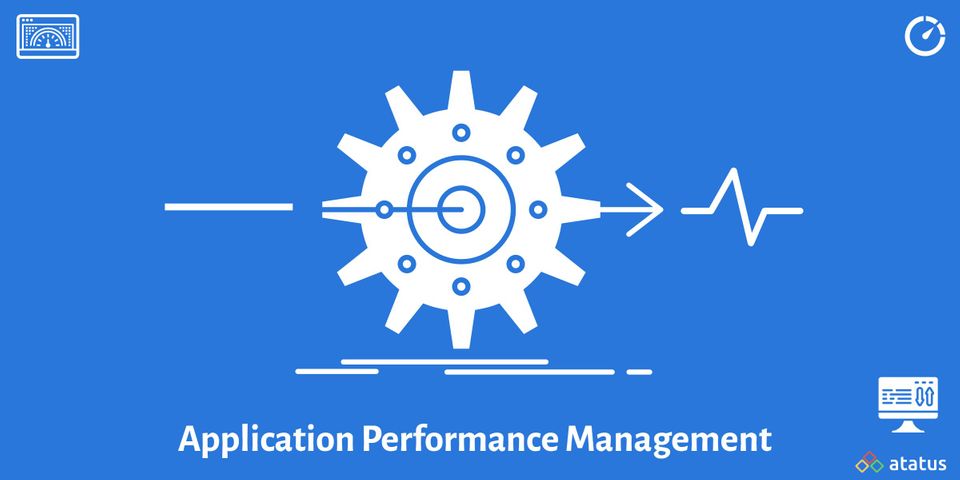Introducing Infrastructure Monitoring
Infrastructure Monitoring refers to the constant tracking, collection and analysis of data about the infrastructure/server. Using this data, you can monitor the performance and the behavior of the hosts at the infrastructure level. You can also identify the issues that are of concern. For instance, you can periodically check and monitor the health of the hosts and if any slow downs occur, it’s easy to alert the users. If the processes running on the hosts consume a lot of memory or storage space or excessively uses the CPU, immediate and detailed alerts will be sent to the users.

Importance of Infrastructure Monitoring
Proper monitoring leads to achieving the objectives and producing the targeted outcomes. In order to increase the productivity, it is important to continually check the performance of the hosts. If the performance is good, the productivity improves. If there are any critical issues or downtimes, it is wiser to identify it in the beginning and resolve it.
For this reason, our product Atatus has released a new feature supporting infrastructure monitoring and has also enhanced the alerting feature to give more detailed alerts to the users.
How Atatus Infrastructure Monitoring works
You have to first install our Infrastructure agent in all hosts that you want to monitor. Our agent monitors performance and health metrics in real-time and sends them to Atatus server. Following are some of the basic metrics:
- the percentage of CPU used.
- the amount of memory consumed.
- the load time.
- the I/O wait time.
- the disk used.
- list of processes.
A graphical representation of the performance is provided which will help in analyzing the slow downs, the large usage of the CPU and Memory. Using this information, you can find out the causes of the issues and resolve it.
An overview of the performance of different processes used by different hosts is also available. The processes taking up the most memory and CPU can be identified by analyzing the graph flow. There is one other small but important feature in infrastructure monitoring called Checks that help you to monitor the availability of any services running on the hosts. It can replace your existing Nagios and Consul setup.
An Overview of the Atatus Alerting
The new alerting feature is available for Browser, APM and Infrastructure Monitoring.

You can create a new Alert Policy, which is simply a group of conditions on which alert has to be triggered. Alert conditions can be created for:
- longer page load time of the browser app.
- longer response time of the backend server.
- more number of failure requests in the backend.
- process taking more than 100% CPU.
- single host or all hosts consuming more than 90% disk space.
Notification channels allow you to choose the channel via which you want to receive the alert. Atatus supports many notification channels such as email, slack, hipchat, pagerduty, victorops, and more.
Try Atatus Infrastructure Monitoring with a free 14-day trial – no credit card required.
#1 Solution for Logs, Traces & Metrics
APM
Kubernetes
Logs
Synthetics
RUM
Serverless
Security
More





